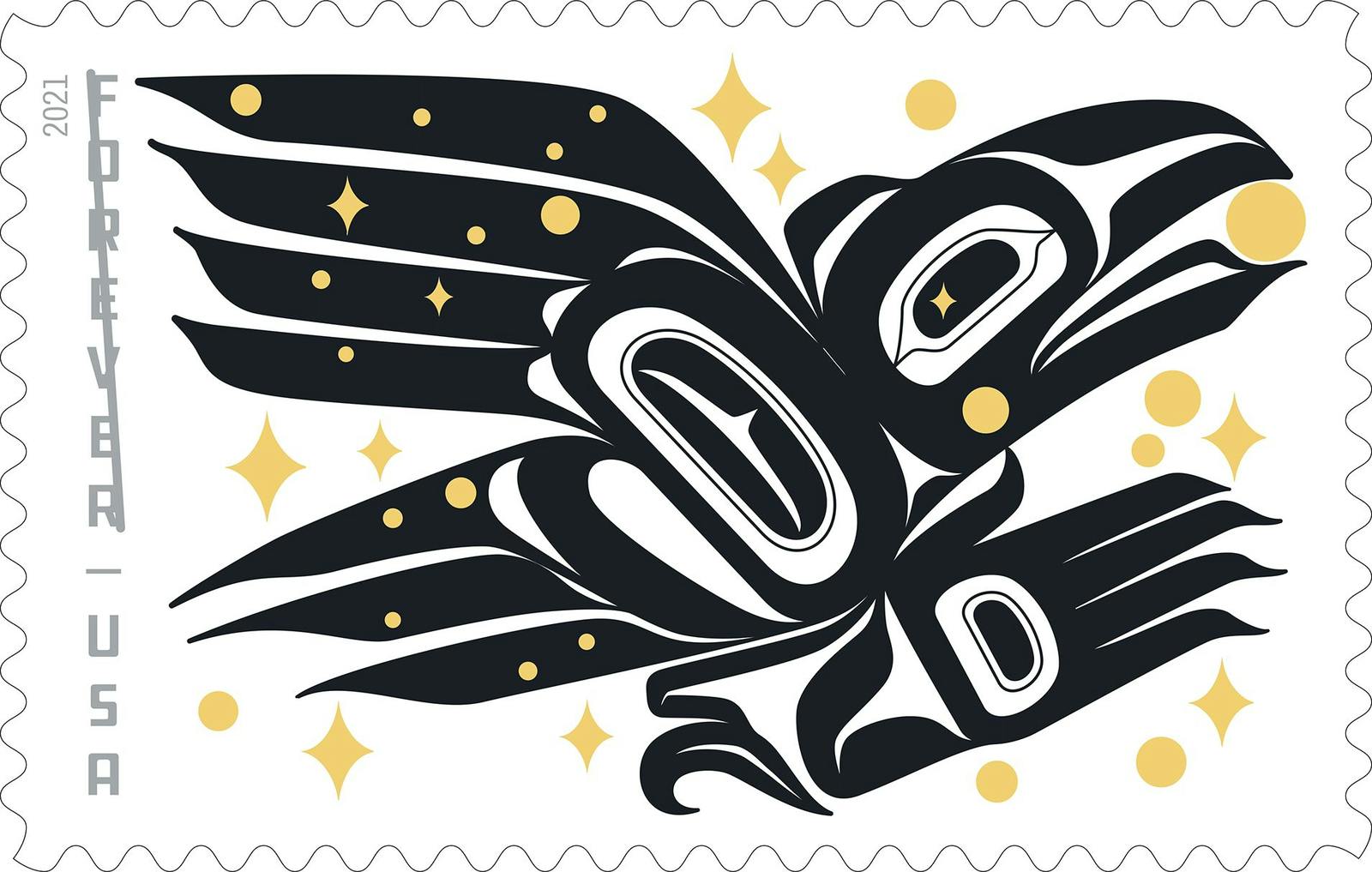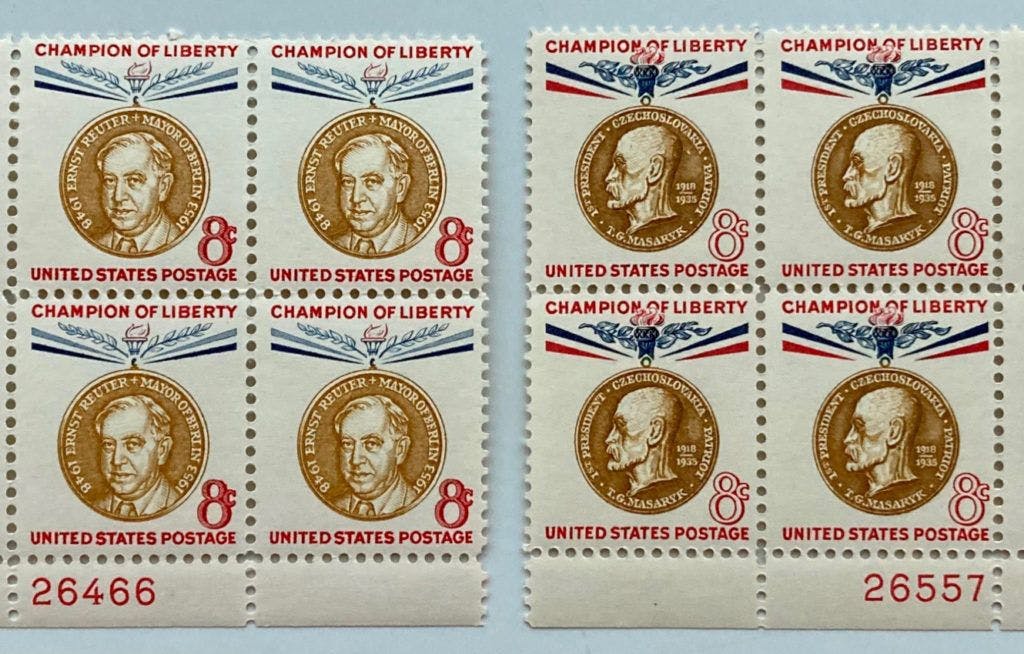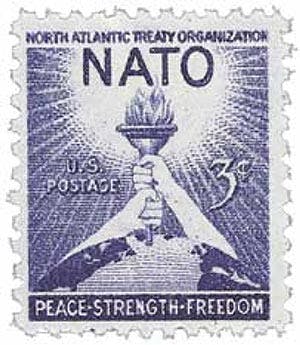The Hidden Political Life of Postage Stamps
Celebrating tiny sheets of beauty, patriotism + philatelic propaganda
They live in the recesses of our junk drawers, we lick them with abandon and then send them far, far away. Stamps might be making a comeback for some of us.
During this pandemic, the US Postal Service has been digging in deep to see the connective role of snail mail, we’re experiencing an interesting choice of a US Postmaster General who is still learning the value of a good postcard stamp and our communities have had some contentious conversations around the potential role of stamps as poll tax.
But postage stamps have long played many roles as reflections of American culture, offerings of whimsical beauty and strategic geopolitical influencers.
Fighting for diversity and inclusion through stamp design
What we see repeatedly influences what we believe to be “normal” and “acceptable” - so it’s compelling to see the communities reflected in USPS stamp design. The 2021 USPS stamp designs are an interesting reflection of who we are today and who we want to remember and celebrate from the past:
USPS stamp designers, through the oversight of the top-secret Citizens’ Stamp Advisory committee, help pen pals, collectors and everyday Americans just wanting to pay their electric bill channel their interests and points of view into the simple act of sending a little something by post.
Stamps as foreign relations propaganda pieces
But it’s not all love notes and water bills. As Matin Modarressi writes in the Journal of Cold War Studies, stamps played a pretty compelling role in Cold War era political propaganda.
Policymakers sought the humble postage stamp as a public relations tool to build support for the United States NATO membership by issuing a commemorative stamp for the third anniversary of NATO. This stamp was unveiled at a White House ceremony by President Truman and was then sold for 6 months as the default stamp(replacing president heads!) - in total the NATO stamp had a print run of 2.9 BILLION, versus the standard run of 110 million stamps.
The CIA is no stranger to stamp design, actively using them to semi-covertly show political support by leveraging American citizens’ mail as “tiny billboards”. The Champions of Liberty stamp series featured the Mayor of Berlin Ernst Reuter immediately following the Soviet 1958 ultimatum for Western military forces to withdraw from West Germany.
This series of international peacemakers (a rare honor in an American-face-rich USPS stamp world) also featured former Czechoslovakian president Tomáš Masaryk. This bold decision caused the Czechoslovak Socialist Republic to take great offense; they subsequently returned all American mail using this stamp unopened to show their outrage to the US State Department.
Foreign stamp commentary on American politics
The less-than-subtle communication via stamp design is not limited to American printing presses. When Cuba released their ‘Genocide in Vietnam’ series featuring Americans’ use of chemical weapons, there was a huge outcry by both US citizens and top intelligence officers at this callout.
But the tables turned during an alleged CIA operation that released a supposed North Vietnamese stamp design depicting soldiers shooting down a US Army helicopter. According to some theories, letters were sent using this stamp en masse to members of the media in hopes that it would be reported on to help sway public opinion about the Vietnam War.
And reported on it certainly was with a flashy Life Magazine front page feature only days before the US State Department published a white paper calling for greater American commitment in Vietnam. Timing much? Behold the power of stamps!
Dip into the connective language of postage stamps
So back to your pandemic postage. You’re probably not rebuking a rebel government, but you can still explore some social subtleties by deploying the Victorian-era Language of Stamps or simply by supporting the USPS by seeking something a little out of the ordinary and a little more personal to inhabit the corner of your envelope. Stay connected, stay revolutionary and post on.









